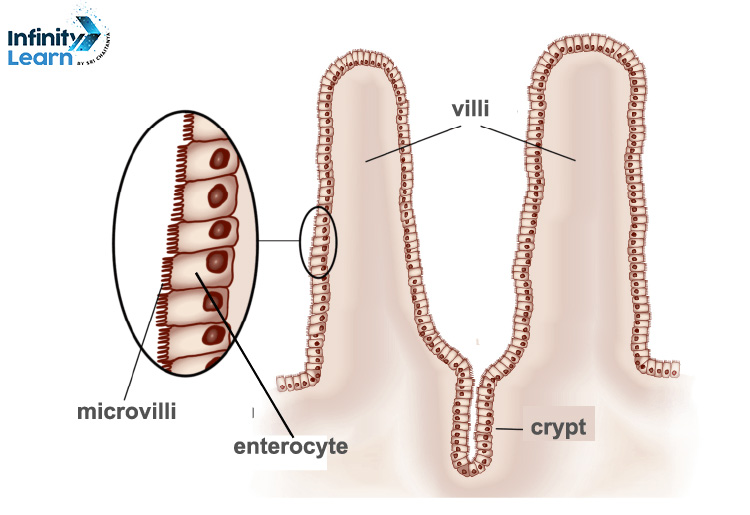Table of Contents
Life Processes Class 10 Notes: All living things share key traits like breathing, growing, needing food, making babies, and reacting to their surroundings. These are called life processes and help keep our bodies working right, even when we’re asleep or resting. They’re crucial for all living beings, like plants and animals. The main life processes include getting food, using sunlight to make energy (plants only), moving nutrients around, breaking down food for energy, breathing, making new organisms, and getting rid of waste.
In this section, we’ll dive into how these processes work in plants, animals, and people.
Life Processes Class 10 Science Notes
The Class 10 Life Processes notes provide comprehensive coverage of vital biological functions as per the CBSE curriculum. These notes delve into key concepts such as nutrition, respiration, circulation, and excretion, offering students a clear understanding of how living organisms function. With detailed explanations and examples, these notes aid in effective learning and preparation for the CBSE board exams.
Also Check: NCERT Solutions Class 10 Science
Life Process
Keeping living things healthy is important whether they’re active, taking a break, or asleep. These actions that help maintain life are called life processes. Eating, breathing, pumping blood, and getting rid of waste are some life processes. Single-celled creatures do all these jobs with just one cell. But in creatures with many cells, they have special systems to handle these tasks.
Life Process Image
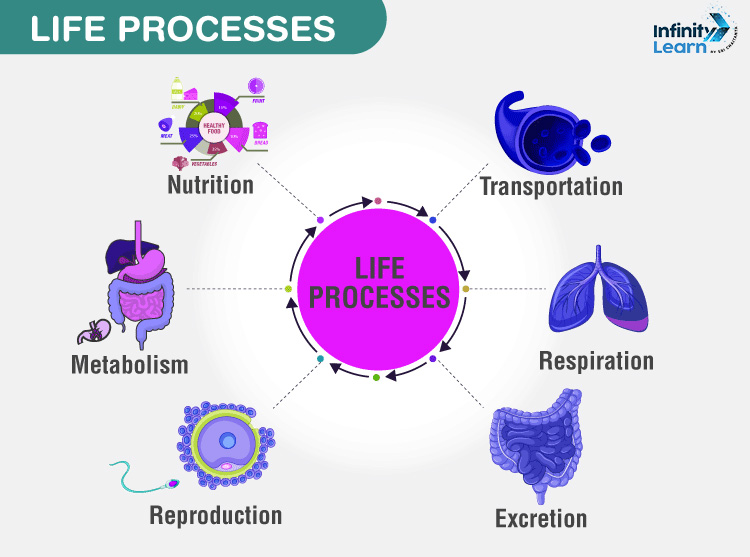
Life
Earth is the only planet we know that has life on it. There are creatures that are born, live their lives, and then return to nature. We can tell living things apart from non-living things based on how they grow and change.
Life Image
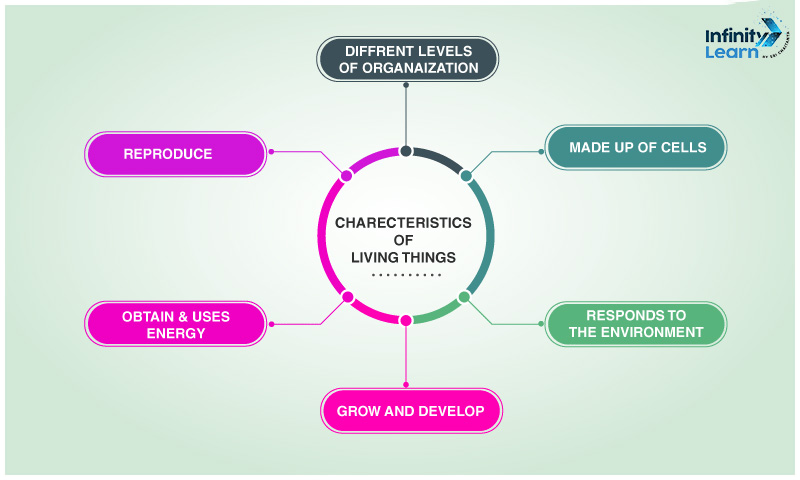
Nutrition
Nutrition is how living things get the food they need to stay alive and healthy.
- There are two main ways living things get their food: autotrophic and heterotrophic.
- Autotrophic nutrition is how plants, some bacteria, and algae make their own food using sunlight or chemicals.
- Heterotrophic nutrition is how bacteria, fungi, and animals get their energy by eating other living things or organic matter.
- Heterotrophic nutrition has different types like holozoic, saprophytic, and parasitic
Also Check: CBSE Class 10 Syllabus 2024-25
Autotrophic Nutrition
If a living thing can make its own food using sunlight or certain chemicals, it’s called autotrophic nutrition.
Plants make food using sunlight and are known as photoautotrophs. Some bacteria use chemicals to make energy and are called chemoautotrophs.
Autotrophic Nutrition Image
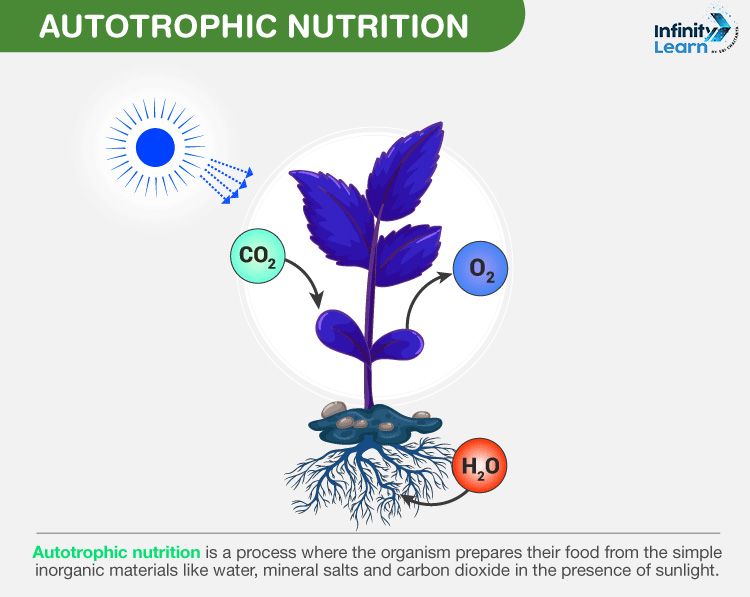
Nutrition in Amoeba
Parasitic Nutrition
Certain living things live off and harm others, which is known as parasitic nutrition. These parasites live on or inside a host and get their nutrients from the host. For example, leeches and Ascaris are types of parasites, and Cuscuta is a parasitic plant.

Nutrition in Paramoecium
Paramoecium uses holozoic nutrition and has tiny hairs called cilia to help it eat through a special opening. Once it takes in food, a small sac called a food vacuole forms around it. This sac moves around inside the cell in a process called cyclosis. The cell absorbs the digested food from the vacuole, and any leftovers are released through a small hole called an anal pore or cytopyge.
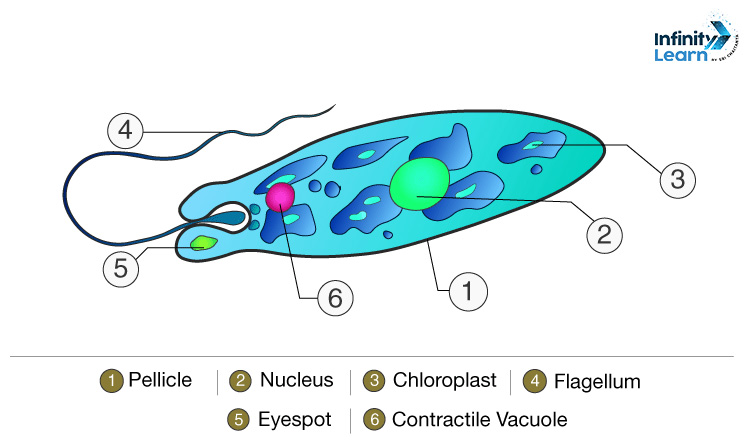
Stomata
- Stomata are tiny holes in leaves that let gases go in and out.
- You can mostly see them on the bottom of the leaf.
- Guard cells look after each stomata and decide if it’s open or closed.
- How much water is in the guard cells decides what they do
Also Refer: Stomata Diagram
Photosynthesis
Photosynthesis is a vital process where plants make food using sunlight and water. This food nourishes both the plants and other living things. The green part of plants contains chlorophyll, which captures sunlight. This captured energy helps break down water into hydrogen and oxygen. The hydrogen combines with carbon dioxide to create carbohydrates like glucose. Chlorophyll and stomata, small openings on leaves, are key for this process by taking in carbon dioxide. The main equation for photosynthesis is:
6CO2 + 6H2O → C6H12O6 + 6O2.
Nutrition in Humans
Humans can eat both plants and animals because we’re omnivores. Our nutrition system is complex, especially our digestion. This system includes a digestive tract and glands that help feed our bodies. Human nutrition has five steps: eating (ingestion), breaking down food (digestion), absorbing nutrients, using them (assimilation), and getting rid of waste (egestion). Most of these steps happen in the digestive tract, while using the nutrients happens throughout the body.
Teeth
- Humans can eat both plants and animals because we’re omnivores.
- Our nutrition system is complex.
- We have a digestive system with a tube-like structure and glands that work together to feed our bodies.
- Nutrition in humans happens in five steps: eating, breaking down food, absorbing nutrients, using these nutrients, and getting rid of waste.
- The first four steps happen in the digestive system, while the last step occurs throughout the body.
Teeth Image

Alimentary Canal
The human digestive system is like a long tube with different widths. It begins at the mouth and finishes at the anus. The tube includes the throat, stomach, small intestine, and large intestine.
Alimentary Canal Image
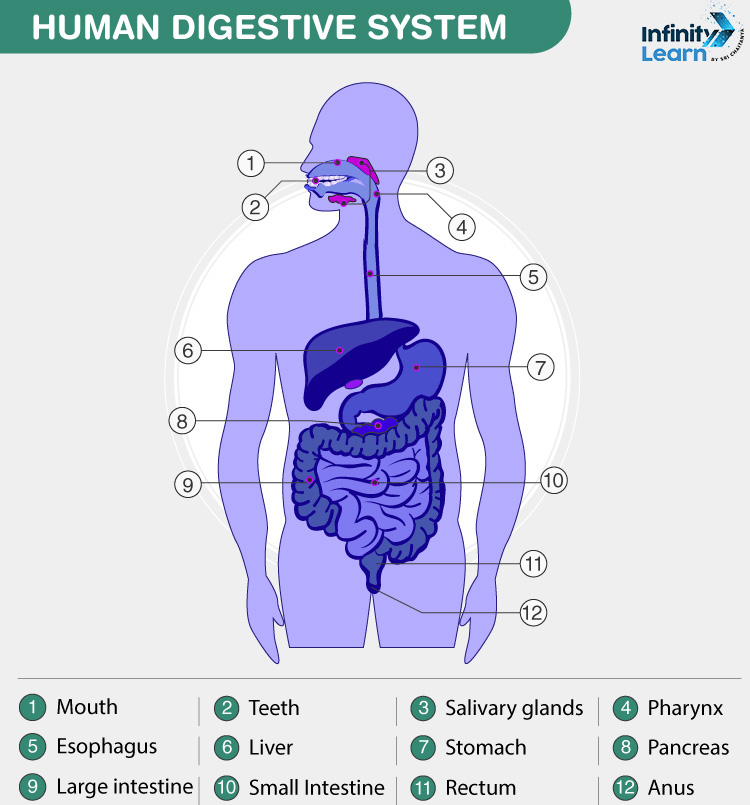
Mouth
- The mouth is the start of the food pathway and lets us eat.
- Behind the mouth is the buccal cavity, also called the mouth.
- Inside the buccal cavity are teeth and a tongue.
- Teeth chew the food.
- The tongue has taste spots that let us taste food.
- Saliva glands in the buccal cavity release spit to start breaking down food.
Small Intestine
The small intestine is the longest part of our digestive system, stretching about 20 feet long. It has three main sections: the duodenum, right after the stomach; the jejunum in the middle; and the ileum that leads into the large intestine. Inside the small intestine, there are tiny finger-like bumps called villi. Both the pancreas and liver release their juices into the duodenum to help digest food. The small intestine is where most of our food is digested and absorbed.
Large Intestine
The large intestine is shorter, around 5 feet long. It has two parts: the colon, which is about 1.5 meters, and the rectum, which is only 10 centimeters long in adults. After the ileum in the small intestine, the colon starts. The colon has three sections: the ascending, transverse, and descending colon. At the start of the ascending colon, there’s a small, finger-like part called the appendix. This is where helpful bacteria live to help with digestion. The rectum ends at the anus, which has two sets of muscles called sphincters to control when we go to the bathroom.
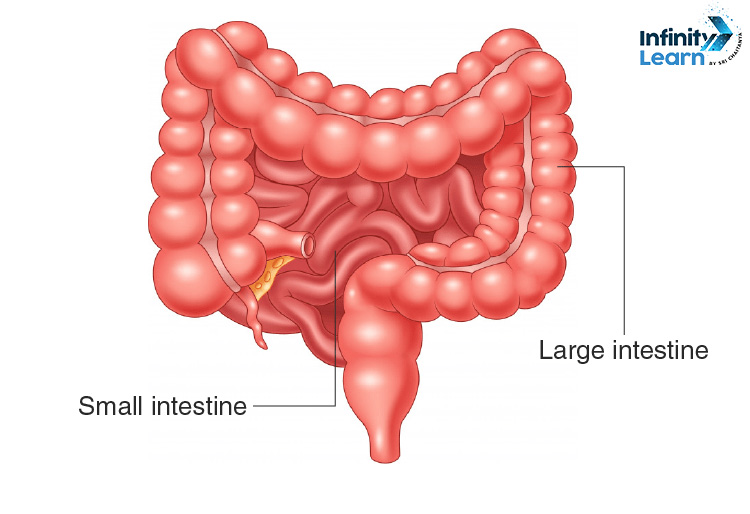
Pancreas
- The pancreas is a flat gland behind our stomach.
- It’s a big digestive gland and does two jobs: endocrine and exocrine.
- As an endocrine gland, it makes hormones like insulin and glucagon to control blood sugar.
- As an exocrine gland, it makes pancreatic juice with many digestive enzymes.
- These enzymes, like trypsin, chymotrypsin, and proteases, break down proteins.
- It also has amylase, which breaks down starch, and lipases that help digest fats.
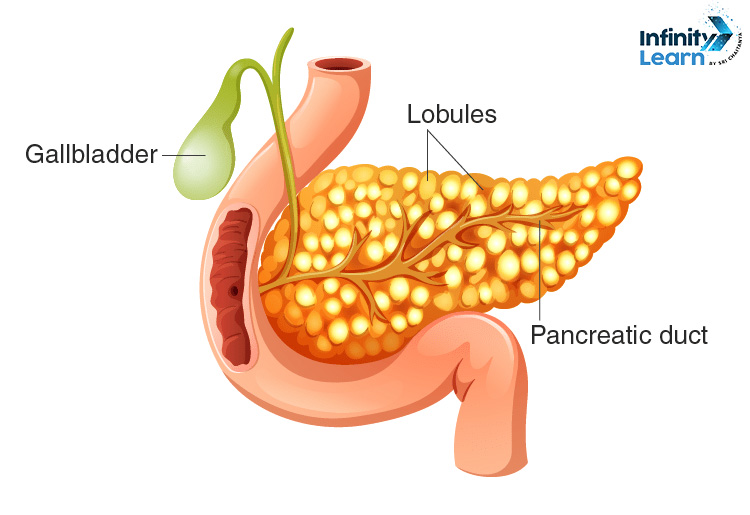
Digestive Glands
- Many glands make juices to help break down food.
- We have salivary glands, stomach glands, liver, gallbladder, and pancreas.
- Salivary glands make spit that starts breaking down food in our mouth.
- Stomach glands in our stomach make acid and an enzyme called pepsin.
- The liver makes bile, stored in the gallbladder, which helps digest fats.
- The pancreas makes many enzymes for digestion, and its juice has enzymes like trypsin, chymotrypsin, lipase, and amylase.
Villi and Micro Villi
- The small intestine is where food gets fully broken down and absorbed.
- The pancreas sends out pancreatic juice, the liver releases bile, and the intestines make intestinal juice to help break down food.
- In the ileum, a part of the small intestine, there are small finger-like structures called villi.
- These villi have tiny folds on their inner side called microvilli.
- Villi make the inside of the intestine bigger, so there’s more area to absorb nutrients.
- Nutrients from food move into the villi through a process called diffusion.
- Also, villi release enzymes to help break down food further.
